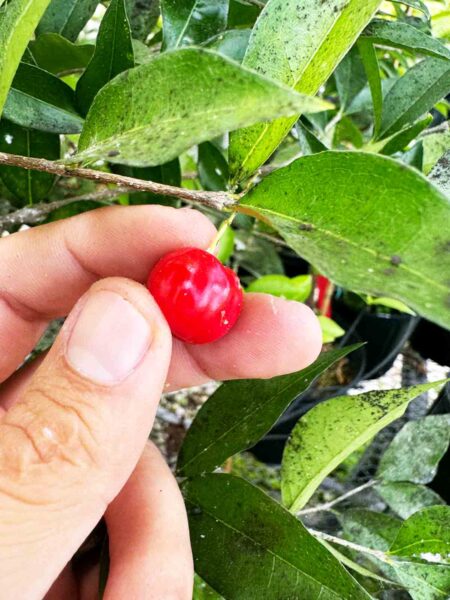NICEVILLE, Fla — Growing bananas in North Florida is somewhat of a novelty. However, they can be grown here and it is possible for the plants to produce bananas.
Banana plants are attractive, adding a tropical appearance to the landscape. But being tropical means that they are best suited for more tropical areas. In order to have a better chance of producing banana fruit to eat with our colder winter weather here in North Florida, I’ll share information from a retired UF/IFAS Extension fruit crops specialist in today’s article.

Banana plants usually require 12 to 18 months to produce a flower stalk. The fruit takes four to eight months to mature, depending on temperature during the growing season.
When winters are mild or when the plants are protected, the stalk may survive the winter and produce fruit in the second year. when winters are cold, below 25 degrees, the tops are usually killed, which results in no fruit being produced.
Some people grow bananas by potting the plants in tubs each fall and carrying them through the winter inside. Others build an insulating wrap of pine straw around the trunk, enabling the plant to survive outdoors during the winter.
Mulching is helpful because it conserves moisture, reduces weeds and protects the rhizomes (underground stems) from winter freezes. Water regularly and deeply during the summer if rainfall is poor. If the soil is extremely wet, root rot may develop.
Producing good fruit on banana plants requires plenty of water and fertilizer. Adjust soil pH to 5.5 to 6.5 before planting. Fertilize monthly with one pound of 6-2-12, or similar analysis, fertilizer per plant from late spring through summer.
Banana plants should be pruned. In the beginning, let only one main stalk develop from each rhizome. After six months, allow a replacement sucker to grow because the main stalk is removed after fruiting. You can use unneeded suckers to establish new plants. The rhizomes may be dug up and divided to propagate more plants.
Cavendish is probably the banana variety best adapted to Florida. The plant grows about seven feet tall, produces good quality fruit and is slightly more cold hardy than the others.
Many of the ornamental banana plants grown in Florida produce small fruit that are full of hard seeds and usually are not edible. These are grown as landscape plants which add a topical look to the landscape.
For more information on growing bananas, contact the UF/IFAS Extension Office in your County or use the following link to access an Extension publication on growing bananas in the home landscape. https://edis.ifas.ufl.edu/mg040.
Larry Williams is the Extension horticulture agent with the Okaloosa County Cooperative Extension Service, University of Florida. Contact Larry at 689-5850 or email lwilliams@myokaloosa.com.






